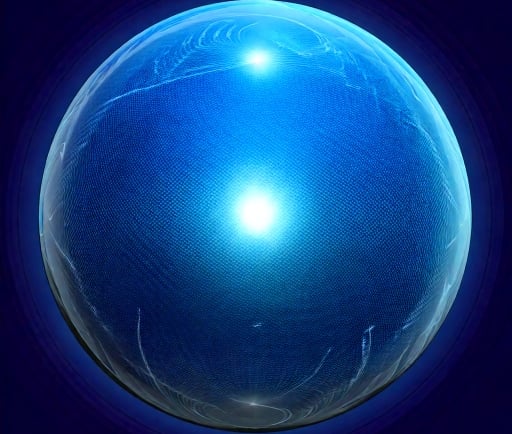The Spectrum of Color Temperatures: From Amber to White Light


Introduction to Color Temperatures
Color temperature is a crucial concept in fields such as photography, film production, and lighting design. This metric, measured in degrees Kelvin (K), quantifies the hue of light sources. These color temperatures span from warm tones, like the amber of around 1000 degrees Celsius, to cooler hues, reaching up to 70000 degrees Celsius, characterized by a bright white purple tone. Understanding these variations helps professionals control lighting and achieve desired aesthetic effects.
The Journey from Amber to White Light
At the lower end of the temperature spectrum lies the warm amber glow at 1000 degrees Celsius. This color is often associated with warmth and coziness, creating inviting atmospheres in environments such as homes and restaurants. As the temperature rises, particularly the warm hues transition through shades of orange and yellow, it approaches the neutral white light at around 6000 degrees Celsius. This neutral tone is extremely versatile and widely used in various applications, including photography and film, due to its natural representation of colors.
Exploring the Cooler Temperatures
As we continue this exploration of color temperature, temperatures elevate further into the cooler palettes. By the time we reach approximately 30000 degrees Celsius, the light transforms into a crisp blue hue. This distinctive color is frequently employed in artistic settings, providing sharp detail and clarity in visual media. Beyond this range, reaching up to 70000 degrees Celsius introduces a unique phenomenon—white light with a purple tint. At this extreme temperature, the light’s color becomes increasingly intense, creating a striking visual effect that can enhance various forms of artistic expression.
In conclusion, the spectrum of temperature colors—from the warm amber of 1000 degrees Celsius to the cooler blue at 30000 degrees Celsius and all the way to the extreme white light purple at 70000 degrees Celsius—offers a fascinating insight into the nature of light. By understanding these temperatures and their corresponding colors, artists and professionals can harness these properties to enrich their work, ensuring that both aesthetic and functional needs are met effectively.
